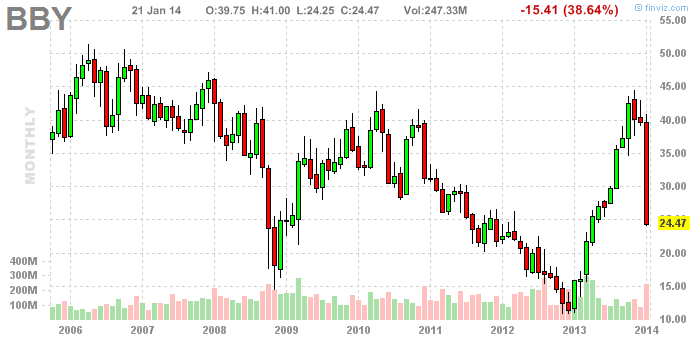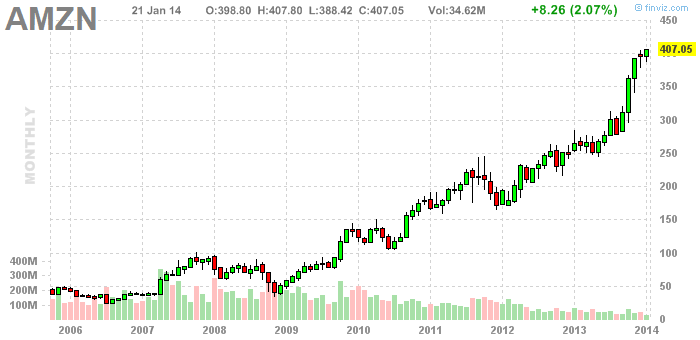I am recently reading a book bombastically titled “The Option Trader’s Hedge Fund” (Amazon). In that the author says that the best way to look at option trading is to think of it as an insurance business. So if you are an options trader, you should think of yourself as The One Man Insurance Company (TOMIC).
It sort of makes sense because what you are doing when you are trading options anyways? You are buying and selling insurance of some kind with different co-pays and terms. If you are hedging your positions then you are “reinsuring”, etc.
The chapter on volatility was insightful. It discusses the impact of ATM options price in the near term, volatility skew, and term structure on implied volatility. Its a useful framework to have.
Overall, its an interesting book that’s worth a read.
















